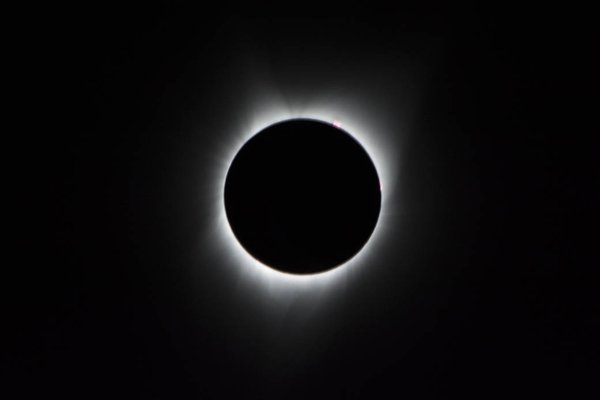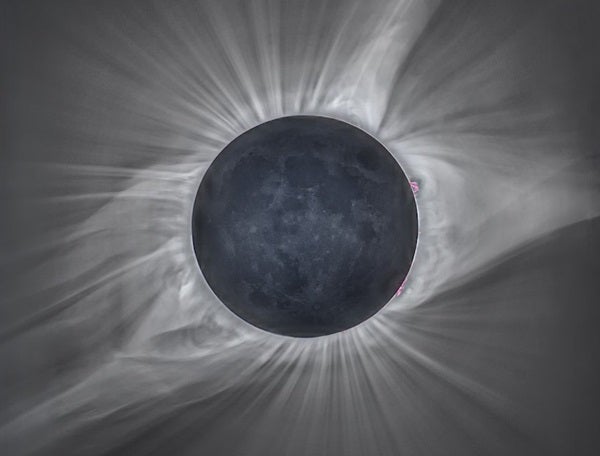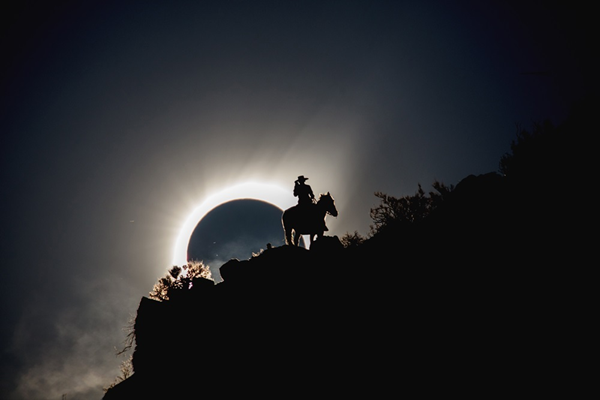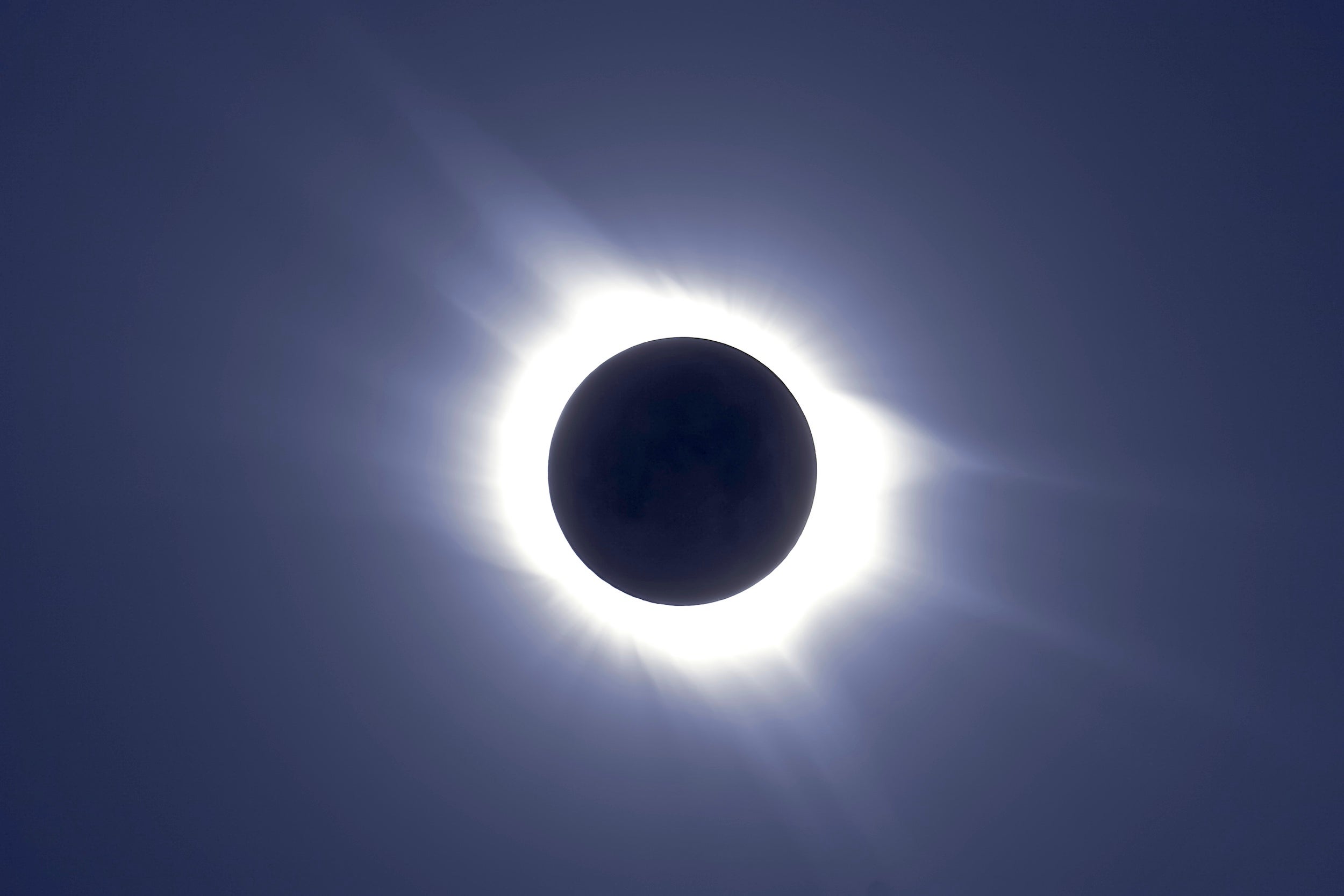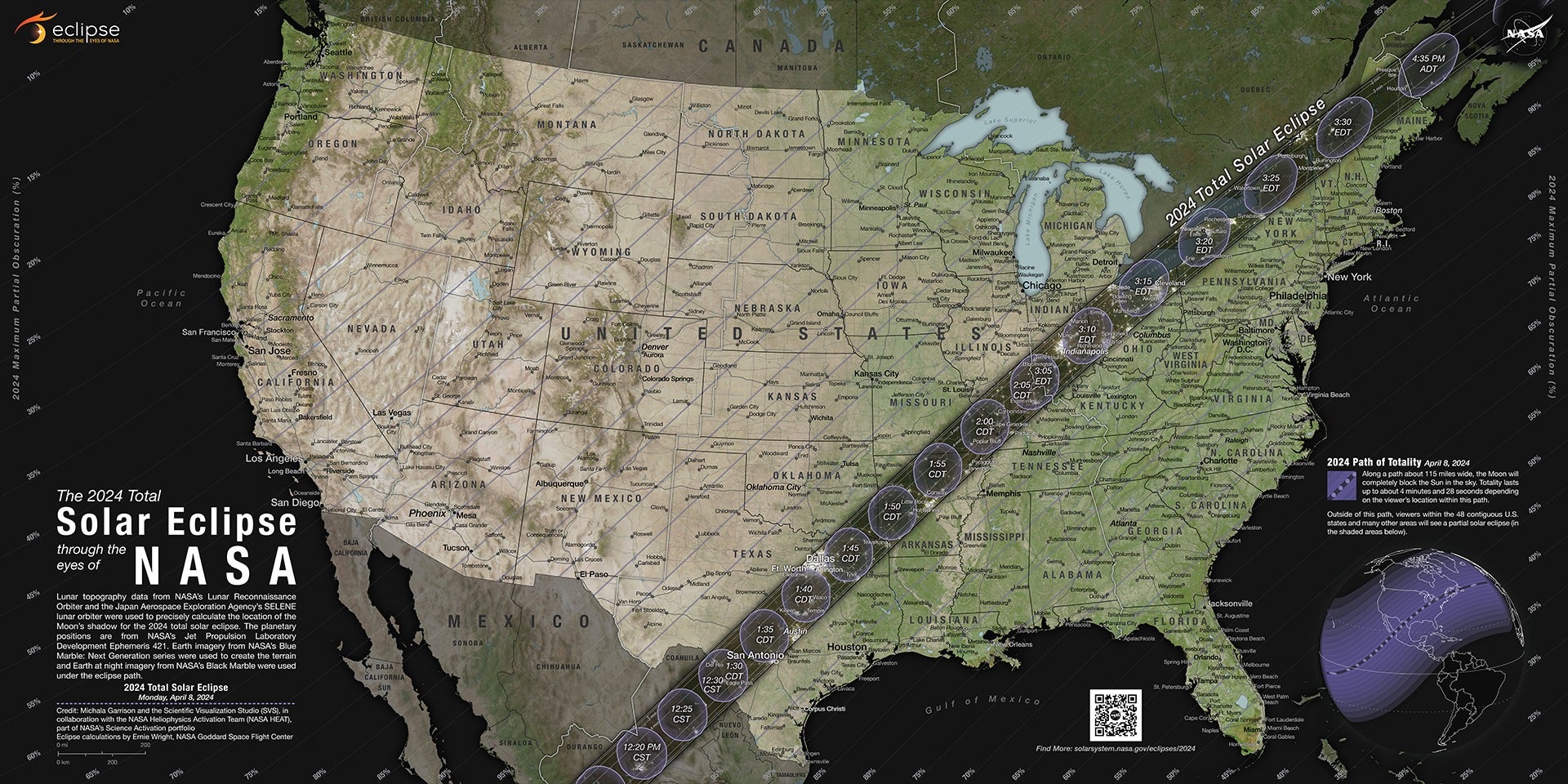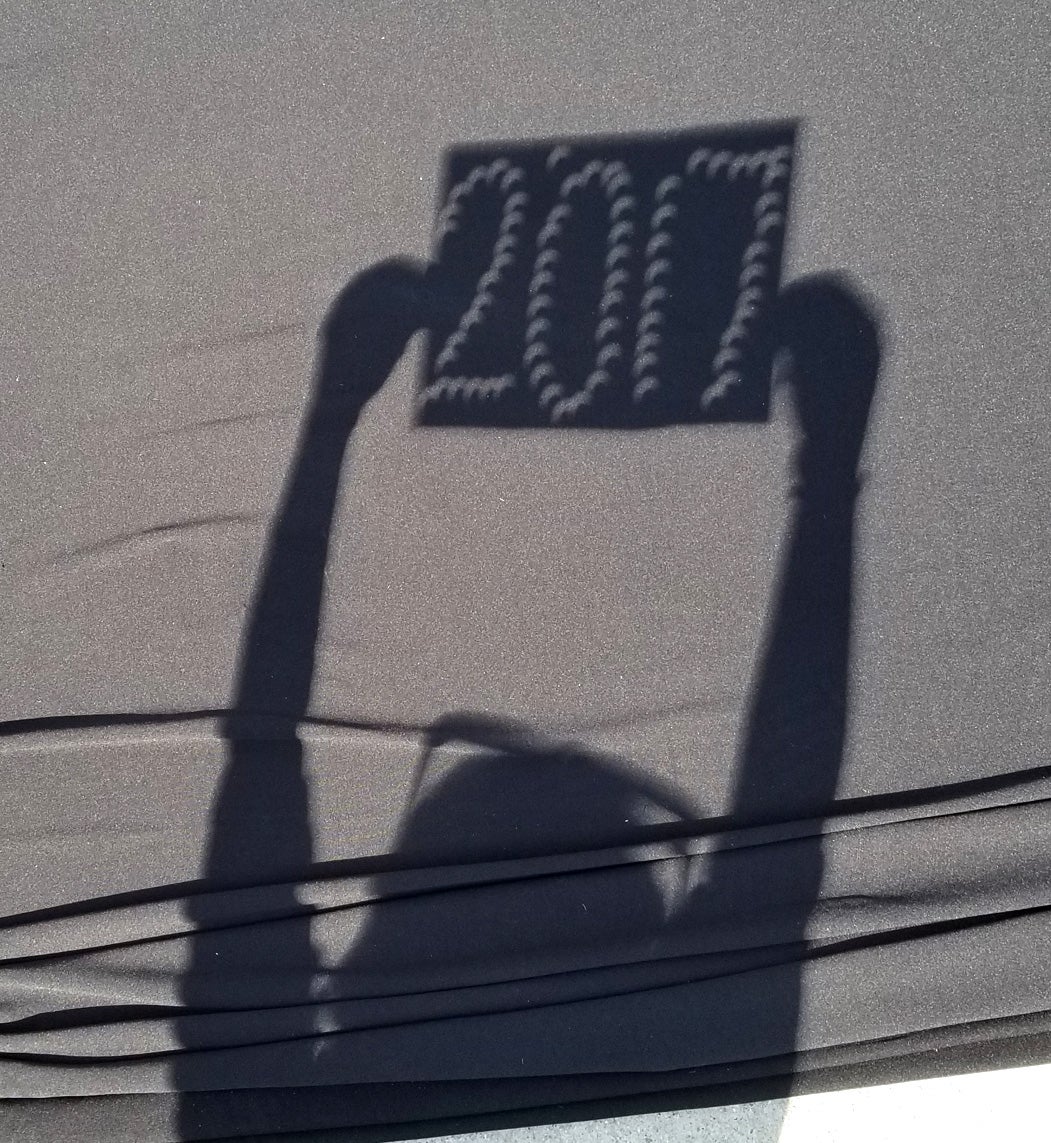
The April 2024 total solar eclipse across North America is fast approaching! Being in the shadow of the Moon and taking in the incredible view of the Sun’s corona is an unforgettable experience. Totality is just a few minutes of the whole experience, however — watching the Moon taking a larger and larger bite out of the Sun during the partial phases is also exciting.
Besides eclipses, observing sunspots and solar activity all year long is a joy in itself. But caution must be taken when viewing the bright Sun: Safety is essential!
Solar glasses and filters
The simplest way to enjoy observing the Sun is with a pair of solar glasses. The filters in proper solar glasses not only dim the Sun’s bright light, but also block the harmful invisible ultraviolet and infrared light as well. Solar glasses that meet the international standard of safety will be labeled with ISO 12312–2 or ISO 12312–2:2015. If this label is not present on the glasses, don’t use them. Several websites publish lists of reliable vendors. Don’t use the glasses if there are any scratches or holes, as these can allow light through and damage your eyes. Regular sunglasses, neutral density filters for cameras, unexposed film, and other items that might seem like they darken the Sun are not safe and should not be used — don’t risk permanent damage to your eyesight!
If you plan on using binoculars or a telescope for the eclipse, a solar filter that securely covers the objective is essential for safe viewing. Various kinds of glass and film filters in different sizes are available from astronomy-gear vendors, and they should be rated ND 5.0, meaning they block 99.999 percent of the Sun’s light. The filter itself and surrounding opaque material must block the telescope’s entire objective lens. Be sure to cover finder scopes and guide scopes as well, with lens caps, cardboard, or other opaque materials. Filters at the eyepiece alone are not safe, as heat can build up inside the telescope and break the telescope or the filter. And make sure that solar filters are securely attached with nylon screws, tape, Velcro, or other means to keep the wind or a passerby from accidentally knocking it off, blinding the observer.
During a solar eclipse, solar glasses and filters must be used during all phases except totality. Once the Sun is fully obscured (between second and third contact), you can safely remove your glasses and filters and bask in the ethereal light of the corona. Just be sure to put them back on when totality ends.
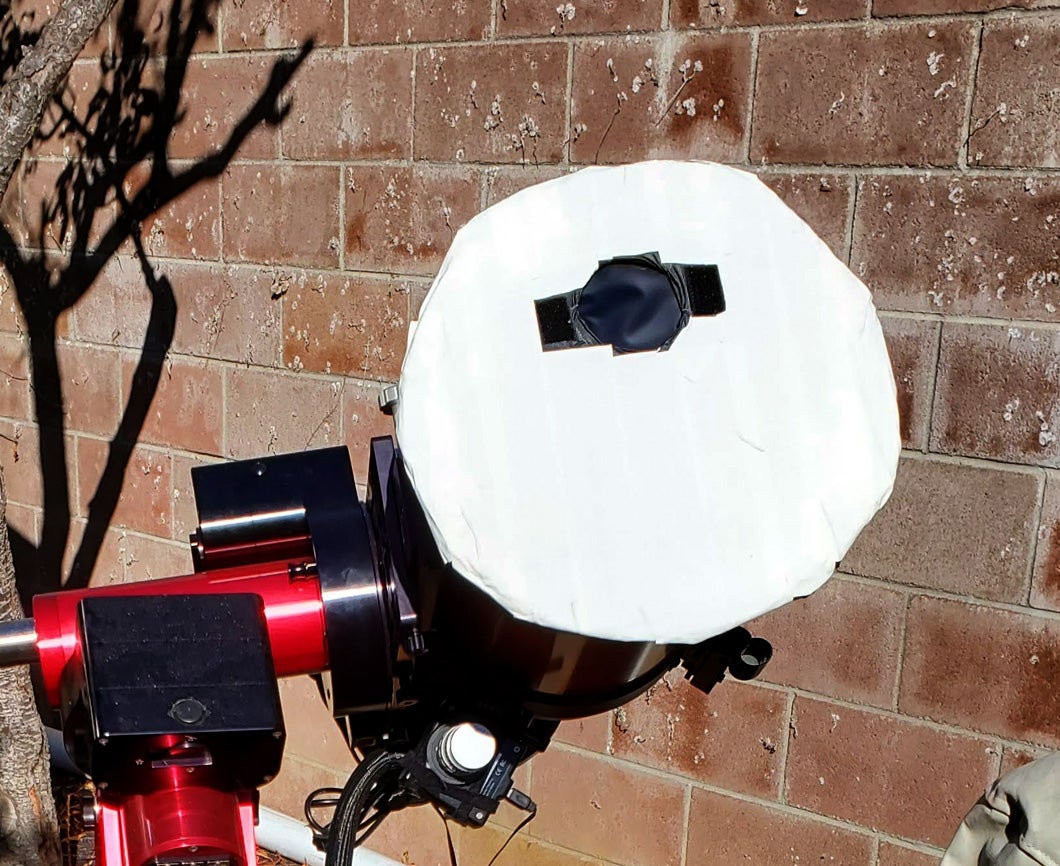
Telescope solar projection
An exciting and public event-friendly way of viewing the partial eclipse phases and sunspots is with solar projection through a telescope. Instead of using a solar filter, sunlight is allowed through the telescope and is projected out of the eyepiece onto the ground or a white sheet or board. To focus the image, move the screen closer to or farther from the telescope. A low-power eyepiece, about 15–20mm, and a short-focal-length refractor are ideal. In order to prevent heat buildup, you need to make an aperture mask that blocks the telescope’s objective except for a round hole about 1¾ inches (45 mm) or smaller across. It is important to not look through the telescope’s eyepiece! Set up the telescope and board in such a way that prevents anyone from looking into the eyepiece and be sure someone is constantly present to supervise.
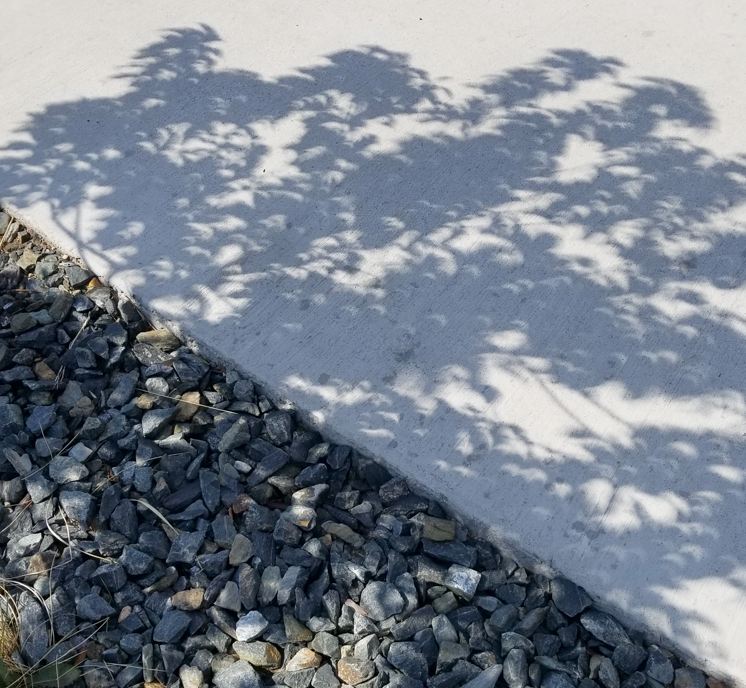
Pinhole projection
During the partial phases of an eclipse, shadows take on strange shapes as the Sun becomes more of a crescent. You can see the crescent shape using anything with a small round hole, or even by overlapping your fingers in a grid pattern. A kitchen colander, perforated serving spoon, or hole-punched stiff paper are great for seeing this pinhole effect.
Observing the Sun during the partial phases of a solar eclipse, or even on any ordinary day, can be fun and rewarding — but remember that safety is imperative. Using proper solar glasses and filters and supervising telescope use will protect everyone’s eyes from permanent damage. There is always something exciting for an astronomer to see, day or night!

